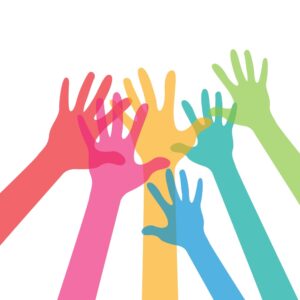
Addiction Treatment and Recovery – What’s a Day like in a Drug or Alcohol Rehab Centre?
The stigma around rehabilitation for drug addiction often gets in the way of addicts even looking into the treatment options available to them, let alone
Codeine, a widely used opioid analgesic, provides relief from mild to moderate pain. However, its misuse and abuse have become a growing concern. This article delves into the consequences of codeine addiction and abuse, and the steps one can take to overcome it.
Codeine, derived from the opium poppy plant, is a prescription painkiller and cough suppressant. It is commonly found in combination with other medications, such as paracetamol and ibuprofen. Although it is generally safe when used as prescribed, codeine has the potential for misuse and addiction due to its euphoric effects.
Codeine addiction can develop in various ways:
Recognising the signs and symptoms of codeine addiction is crucial for early intervention. These may include:
Codeine abuse poses significant health risks:
Overcoming codeine addiction often requires a multi-faceted approach:
Preventing codeine addiction and abuse is crucial in safeguarding the wellbeing of individuals and communities. The following strategies can help minimise the risk:
Healthcare professionals play a vital role in preventing codeine addiction. They should:
Being informed about the risks associated with codeine use can empower individuals to make safe choices. Patients should:
Communities and governments can contribute to the prevention of codeine addiction by:
Addressing the challenges of codeine addiction and abuse requires a compassionate and collaborative approach. It is vital to create an environment that supports recovery and reduces the stigma surrounding addiction. By fostering understanding, empathy, and open dialogue, we can help individuals affected by codeine addiction find the help they need and break free from the cycle of dependence. Let us work together to promote a healthier, safer future for all.
Below are some frequently asked questions and answers about codeine to further your understanding of this medication and its potential risks.
A: Codeine is not recommended during pregnancy, as it may have adverse effects on the developing foetus. If you are pregnant or planning to become pregnant, consult your healthcare professional to discuss safer pain management alternatives. Similarly, it is advised to avoid codeine while breastfeeding, as it can pass into breast milk and potentially affect the infant. Always consult your doctor before using any medication during pregnancy or breastfeeding.
A: While the risk of addiction is lower when using codeine as prescribed, it is still possible to develop dependence with long-term use. It is essential to follow your healthcare professional’s instructions and report any concerns or side effects promptly.
A: It can be challenging to approach someone about their potential addiction, but it is essential to address the issue with empathy and understanding. Encourage your loved one to seek professional help, and offer your support throughout the process. Remember that recovery is a journey, and your encouragement can make a significant difference.
A: Yes, there are non-opioid alternatives for pain relief, such as nonsteroidal anti-inflammatory drugs (NSAIDs) like ibuprofen and naproxen, or acetaminophen (paracetamol). Additionally, non-pharmacological approaches, such as physical therapy, acupuncture, and relaxation techniques, may help manage pain. Consult your healthcare professional to determine the most appropriate pain relief option for your situation.
A: Proper disposal of unused codeine medication is crucial to prevent accidental exposure, misuse, or diversion. Many communities organise regular “drug take-back” events, where you can safely and anonymously dispose of unused medications. Alternatively, you can inquire about disposal options at your local pharmacy. If these options are unavailable, follow the disposal instructions on the medication packaging or consult your healthcare professional for guidance.
As a leading source of addiction and UK rehab information, we specialise in finding the best addiction treatment and rehabilitation centres in the United Kingdom for our clients and their loved ones.
For more information,
Contact +44 20 4578 0876
Get help today!

The stigma around rehabilitation for drug addiction often gets in the way of addicts even looking into the treatment options available to them, let alone
The complex nature of addiction is a significant contributor to how difficult it can be to treat. Addiction and the circumstances that led to it

There’s an undeniable link between alcoholism and violence, whether it’s in relation to crime, domestic violence, or road accidents. With the sale of alcohol largely